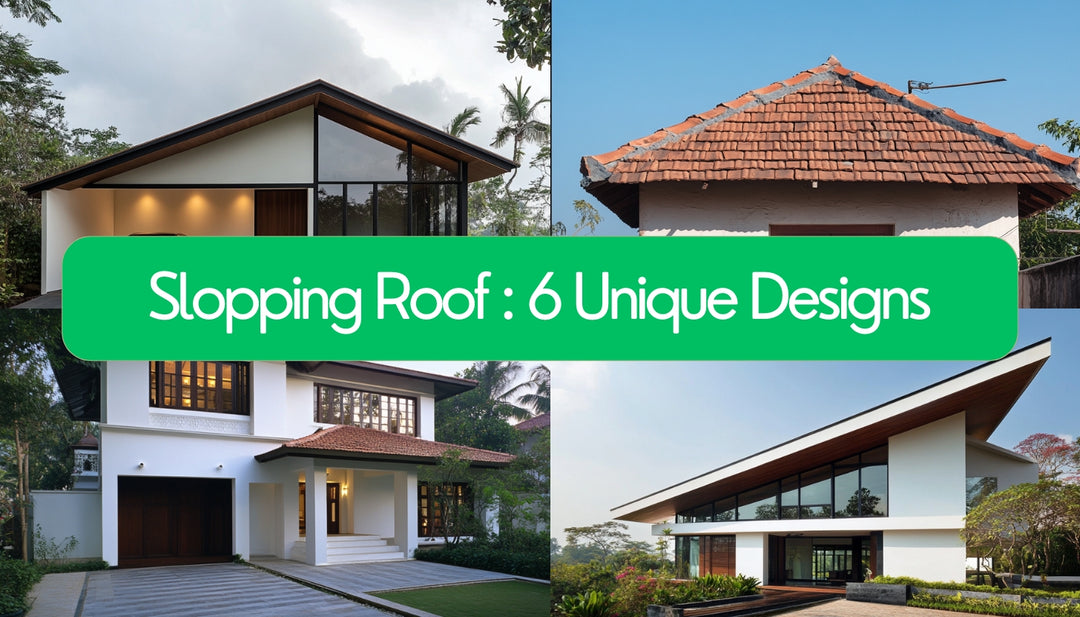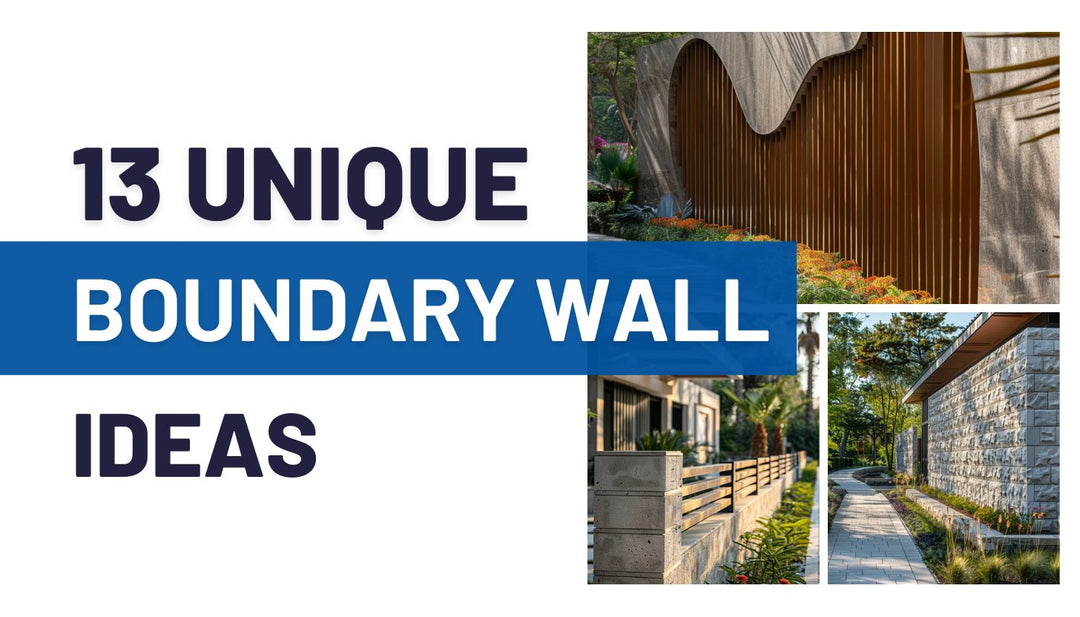Why Elevation Matters: The Significance of a Well-Planned Home Elevation
Elevation is often an underappreciated aspect of home design. But have you ever wondered why elevation should be important when building or renovating your home? Read on to uncover the multifaceted significance of crafting a well-planned elevation design.
A Brief History of Elevation in Traditional Indian Homes
Elevation has always played a pivotal role in traditional Indian architecture. As far back as the Indus Valley Civilization, homes were often constructed on elevated platforms. This protected residents from flooding and harsh temperatures.
In subsequent eras, elevated bases became a defining feature across architectural styles in the subcontinent. From havelis to temple architecture, elevation lent an air of grandeur while serving functional needs.
The elevated plinths or platforms used in ancient times allowed air to circulate under the living spaces. This kept the interior floors cool even during hot summers. Inner courtyards, verandahs, jaalis and high ceilings further improved ventilation.
During the rainy season, the raised structures prevented flooding and water-logging. Hence, traditional home design always elevates the foundations for comfort and protection.
With the onset of modern construction practices, the focus on elevation design has taken on even greater importance. Today's changing climate patterns and urban flooding make good drainage and ventilation even more essential. Read more about the fascinating evolution of home elevation in India over the centuries.
 The Functional Significance of Home Elevation
The Functional Significance of Home Elevation
A well-designed elevation serves many practical purposes:
- Flood protection - An elevated structure keeps living spaces safeguarded in regions prone to heavy rainfall. It prevents flooding disasters, which could damage flooring, walls and possessions.
- Ventilation - Elevating the foundation promotes better airflow and ventilation within the home. This airflow keeps rooms cool and comfortable naturally without artificial cooling.
- Structural integrity - An elevated base lends the structure's strength, longevity and stability. It reinforces the load-bearing capacity of walls and protects against soil dampness.
- Drainage - Raising the ground floor aids drainage and prevents water-logging around the house. Good drainage also keeps the structure intact by avoiding soil erosion.
- Privacy - Elevated designs allow for the inclusion of features like high compound walls. This offers better privacy within the home. It also provides security against trespassing.
- Parking space - Depending on the elevation level, space can be accommodated under the first floor. This provides covered parking and optimises the use of space.
A thoughtfully planned elevation design directly impacts how functional and habitable a home can be over the long run.
 The Aesthetic Value of Home Elevations
The Aesthetic Value of Home Elevations
An artfully designed elevation immediately catches the eye and makes a great first impression. When you approach a home, the elevation is the first aspect that draws your attention.
A well-balanced elevation design also enhances the overall visual appeal of the house. Elevation elements like entry steps, planter boxes, and pergolas can make the façade more welcoming and attractive.
Creative use of materials and finishes like wood, exposed brick or textured paints add unique textures. Strategically positioned lights and lamps lend a dramatic glow when illuminated at night.
In urban landscapes, the elevation often provides visual uniformity along a street while allowing homeowners to add personalised touches. For instance, accent colours on entry pillars or front walls create distinctive styles.
Overall, the aesthetic qualities of the elevation play a big role in boosting the curb appeal and, hence, the home's resale value.
 Incorporating Vastu Principles in Elevation Designs
Incorporating Vastu Principles in Elevation Designs
As per Vastu Shastra, the science of space planning in India, the house's elevation or 'mukh' influences the prosperity and energy within.
Specific Vastu tips for planning the elevation include:
- Orienting the house entrance in an auspicious direction
- Keeping the front yard higher than the rest of the plot
- Incorporating symbolic Vastu elements like a pot of water or plant at the entrance
- Choosing finishes in earthy materials that promote positive energy
Blending these Vastu principles into the overall elevation design brings harmony and fortune to residents. Read more about how to integrate both Vastu and modern sensibilities skillfully.
 Incorporating Current Design Trends
Incorporating Current Design Trends
Today's elevation designs utilise contemporary and sustainable design elements to create stylish facades:
- Indoor-Outdoor Connection - Large windows, seating nooks, and planter boxes connect indoors with nature outside. Greenery and landscape features mask the boundaries beautifully.
- Green Features - Vertical gardens, living walls, and greenery enhance eco-friendliness. These also help control indoor temperatures instead of air-conditioning.
- Dramatic Lighting - Strategic accent lighting casts the elevation in a breathtaking glow for added drama. It highlights architectural details for visual impact.
- Natural Materials - Tactile, natural finishes like wood, exposed brick and stone lend an earthy charm. They create a welcoming ambience rooted in nature.
- Sustainable Design - Green construction, rainwater harvesting and solar power make the home environmentally friendly.
Blending modern aesthetics with functionality, the current elevation trends are all about creating unique, nature-inspired statement pieces. Get innovative ideas on seamlessly incorporating greenery into your home's elevation.
 Evaluating the Costs of Elevation Designs
Evaluating the Costs of Elevation Designs
Constructing an elevated foundation and facade is an investment requiring careful budgeting. Factors impacting costs include:
- Amount of elevation from ground level
- Scope of outdoor features - steps, planters, porches
- Materials used for the platform and frontage
- Masonry work for any retaining walls to support elevation
- Inclusion of entry steps, planters, and other ornamentation
- Extent of landscaping and outdoor lighting planned
However, this upfront investment pays off in terms of added value. Plus, it lowers long-term maintenance costs against leaks and flooding damage. Learn more about doing a cost-benefit analysis for your home elevation project.
 Conclusion
Conclusion
A home's elevation encompasses both aesthetics and functionality. An optimally designed elevation ties the home seamlessly into the surroundings while reflecting the homeowner's unique personality.
From enhancing curb appeal to promoting ventilation and drainage, a well-planned elevation brings multifaceted benefits. It blends the traditional wisdom of yore with contemporary design practices.
Have you considered how your home's elevation should look? Feel free to contact us for a consultation or explore innovative elevation design ideas for your dream home.










